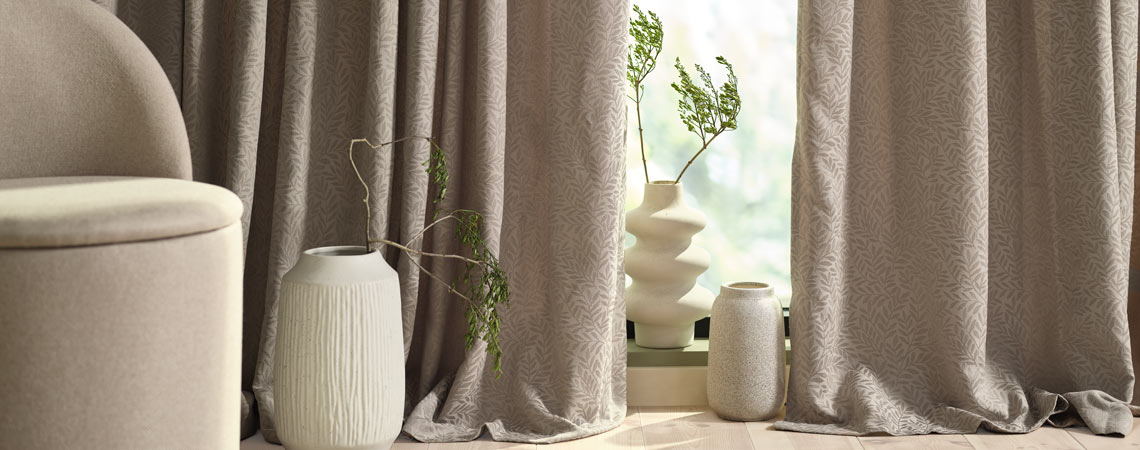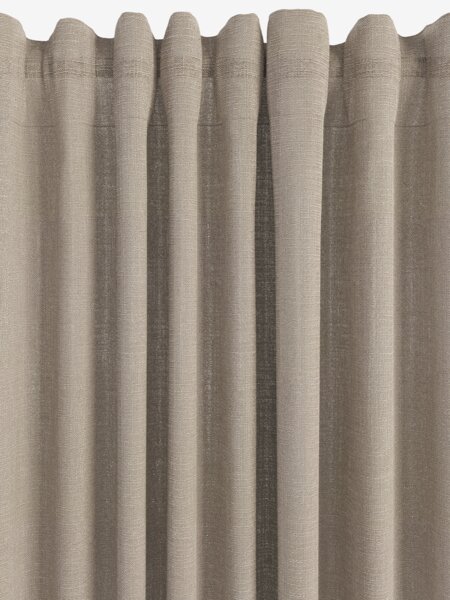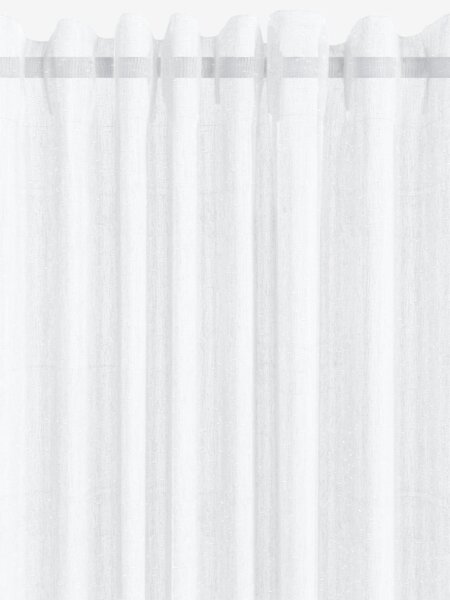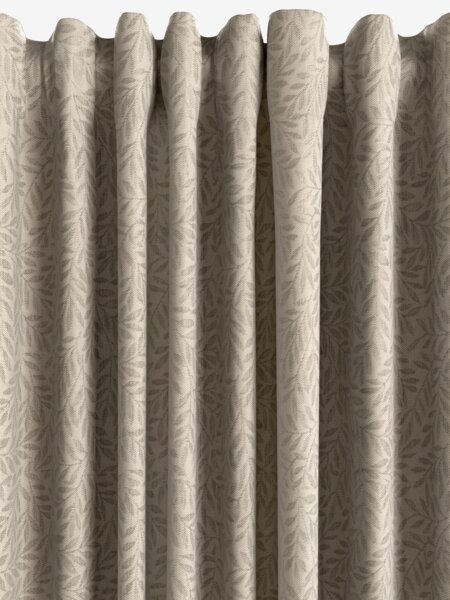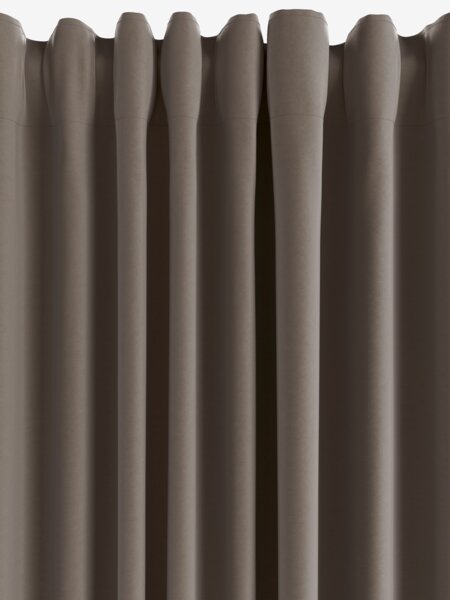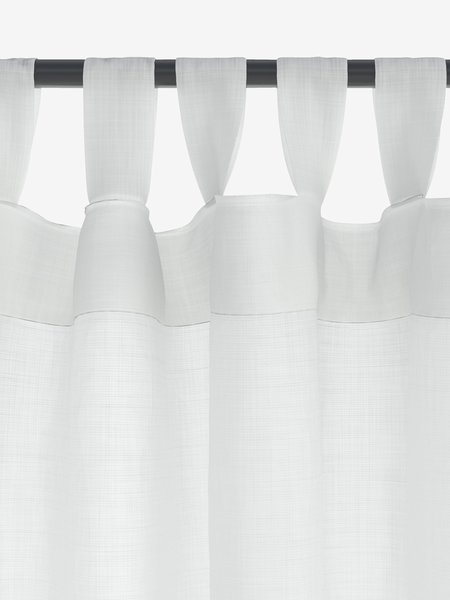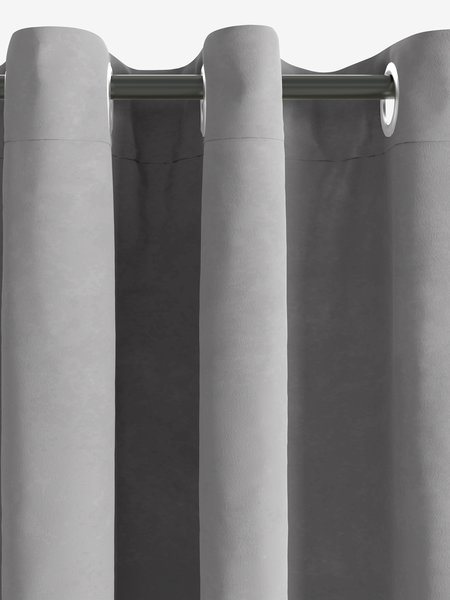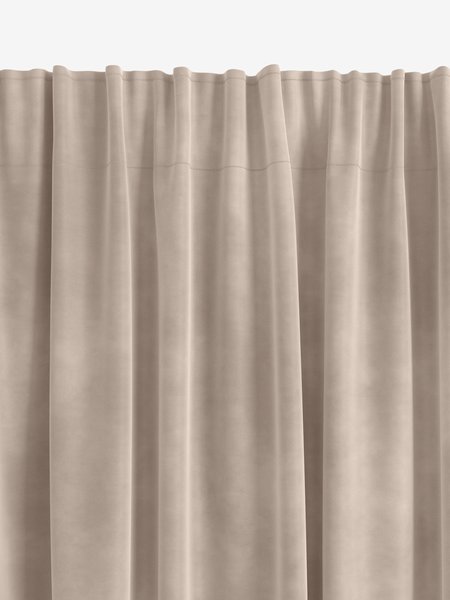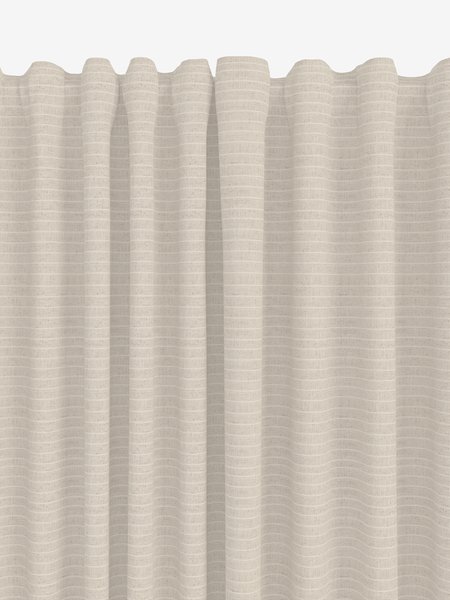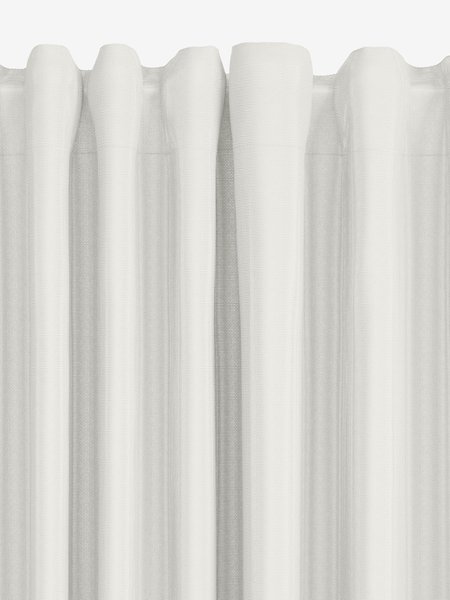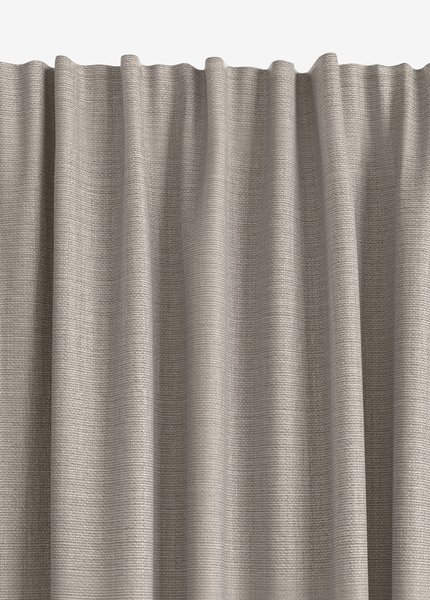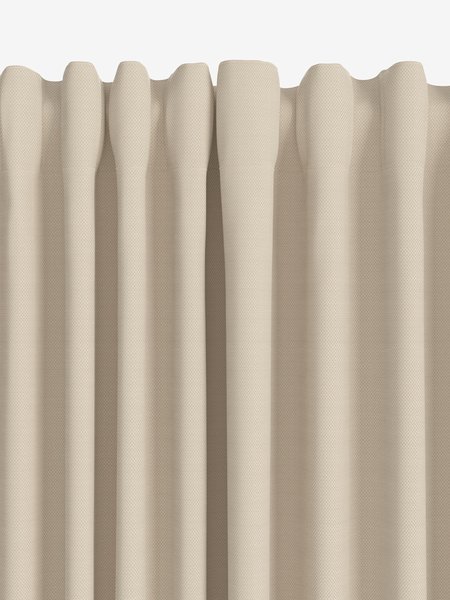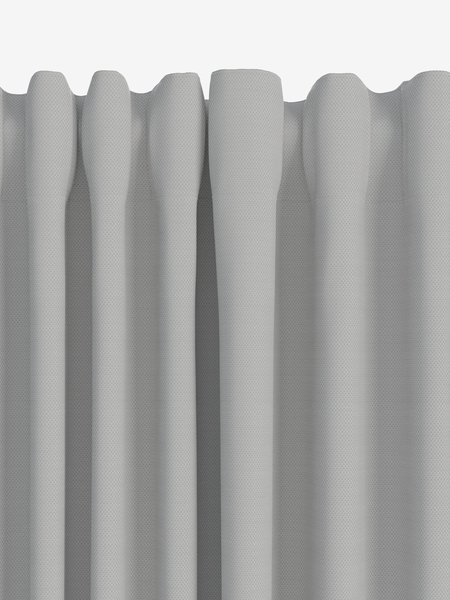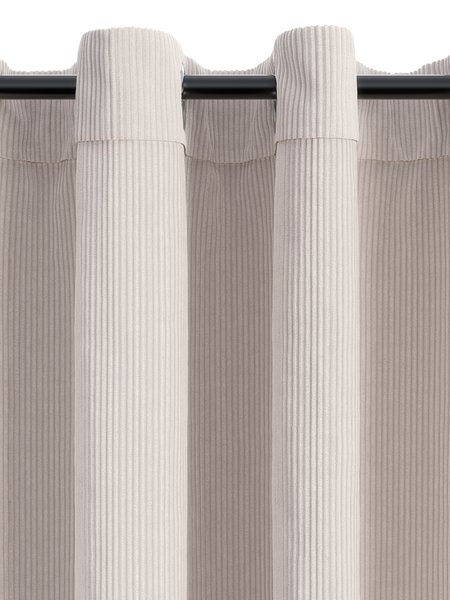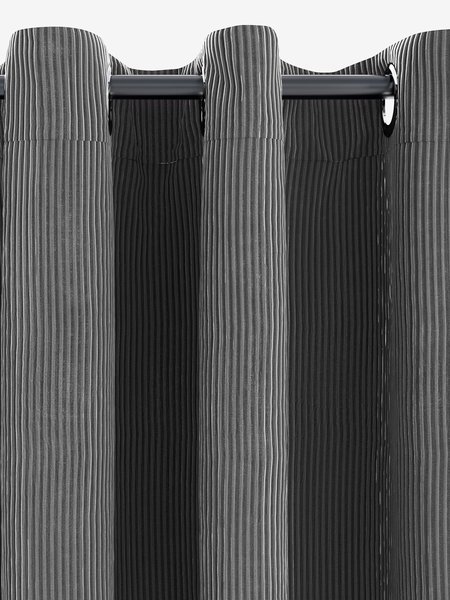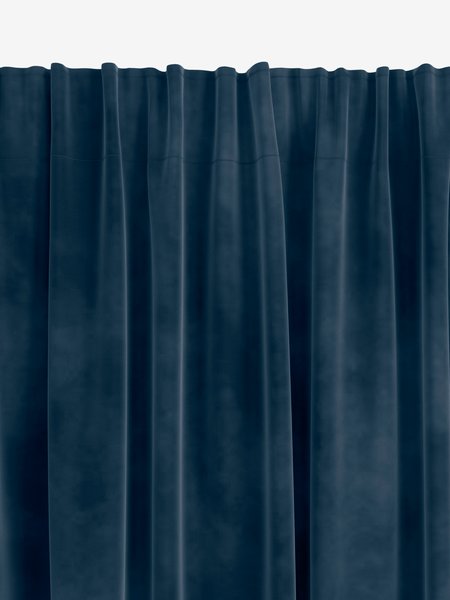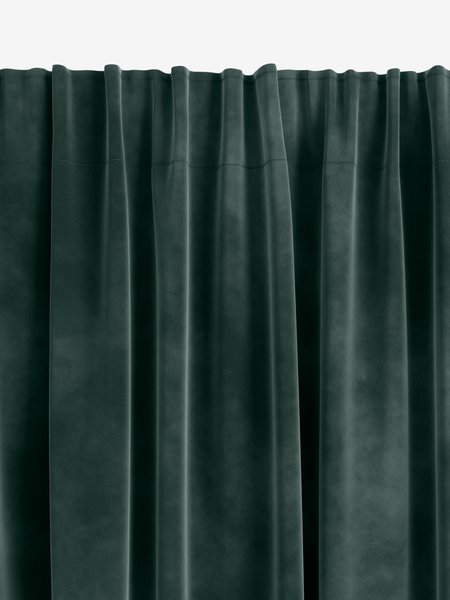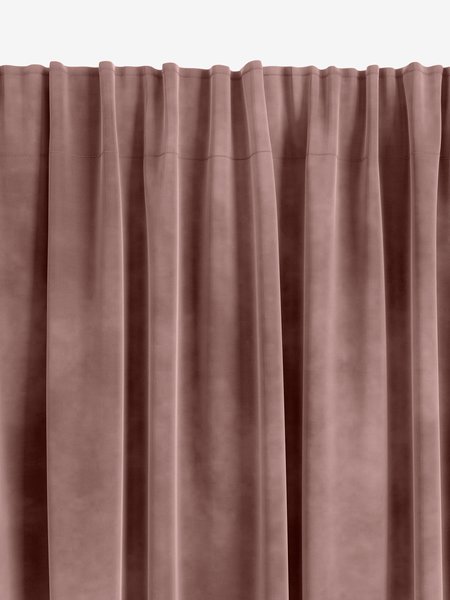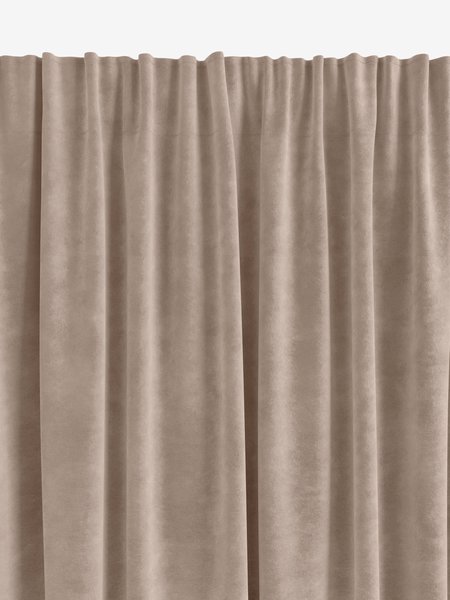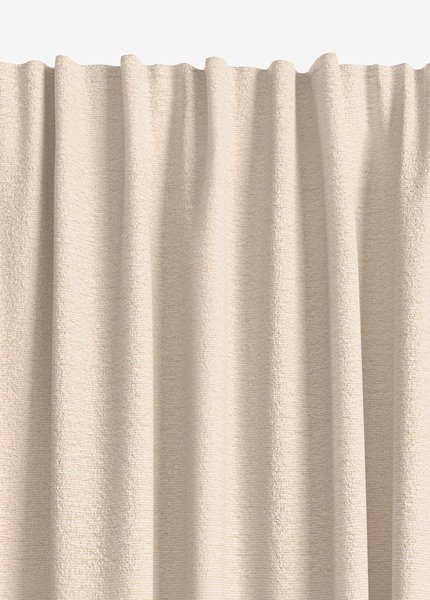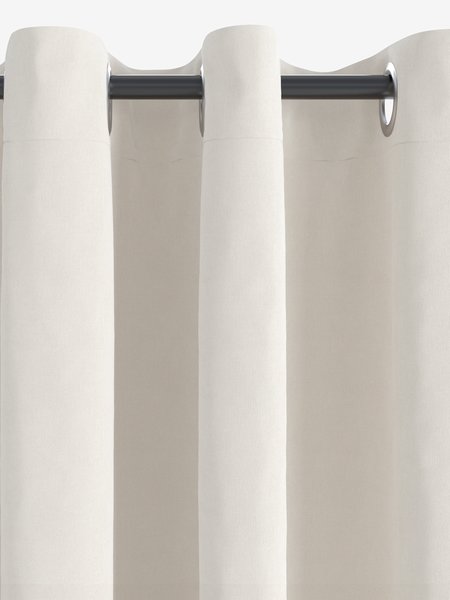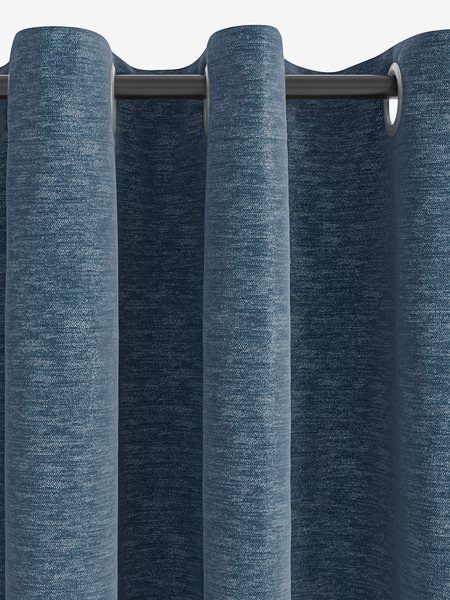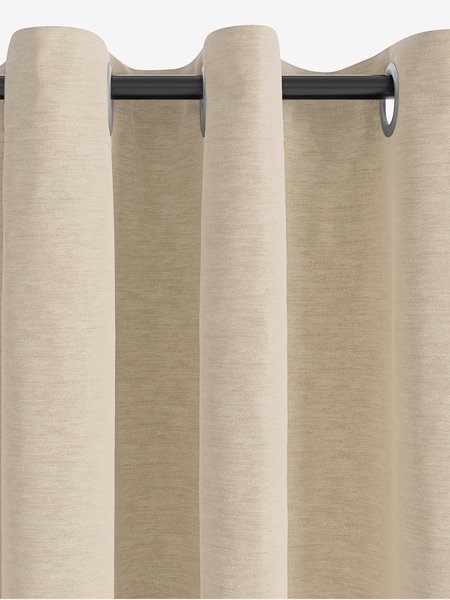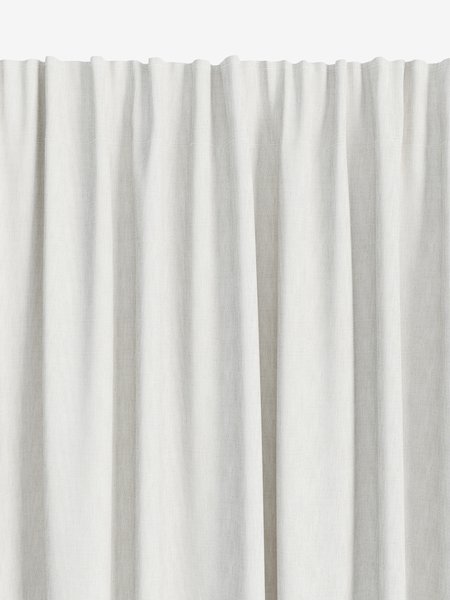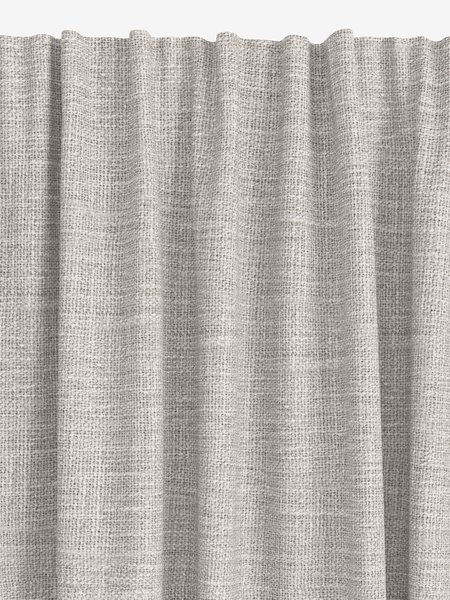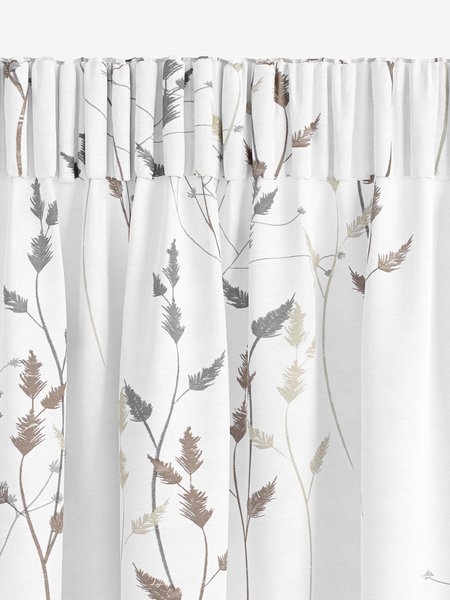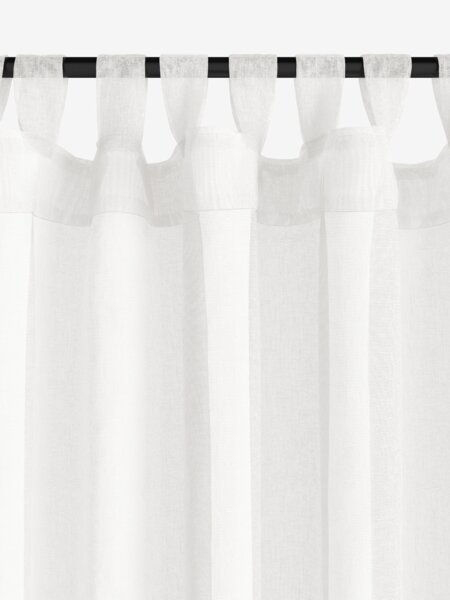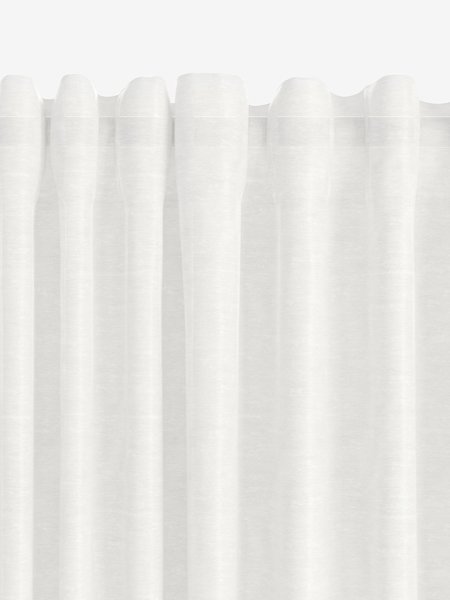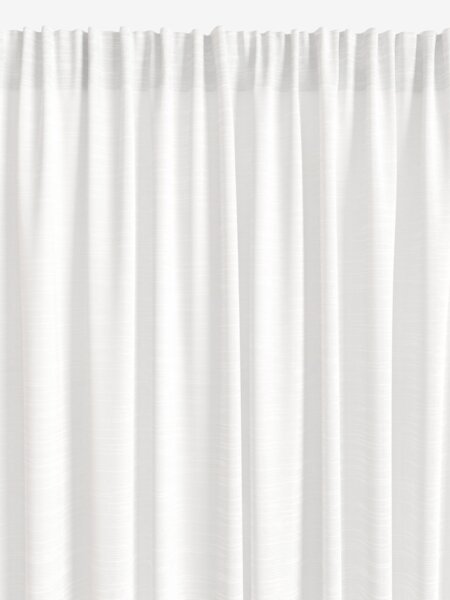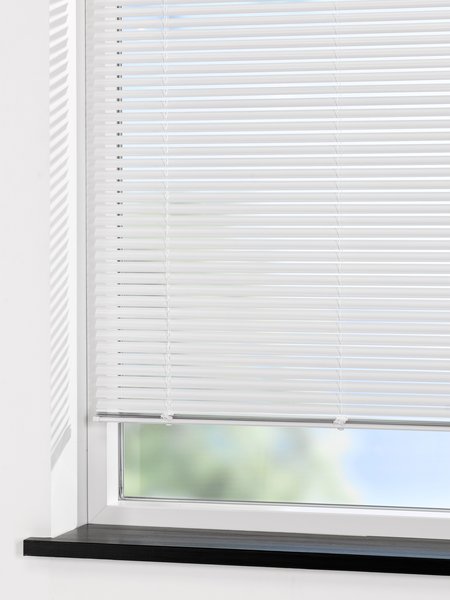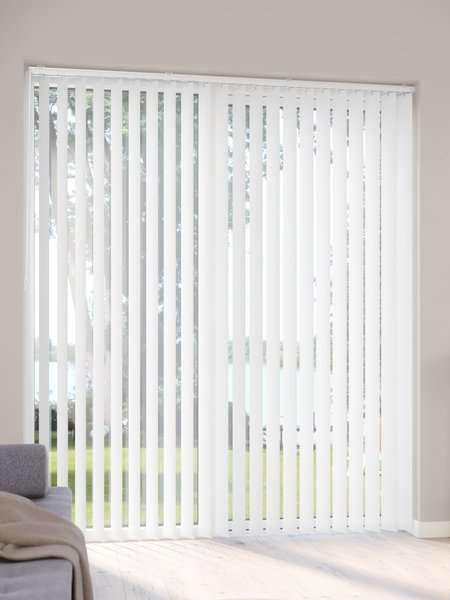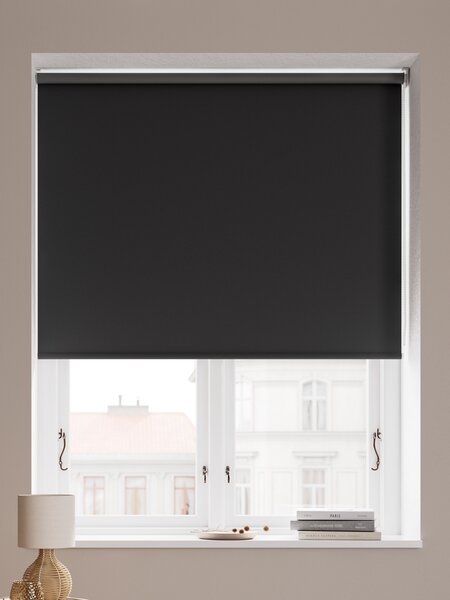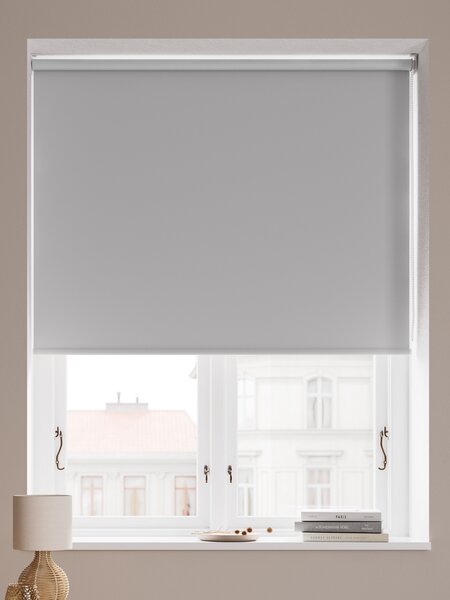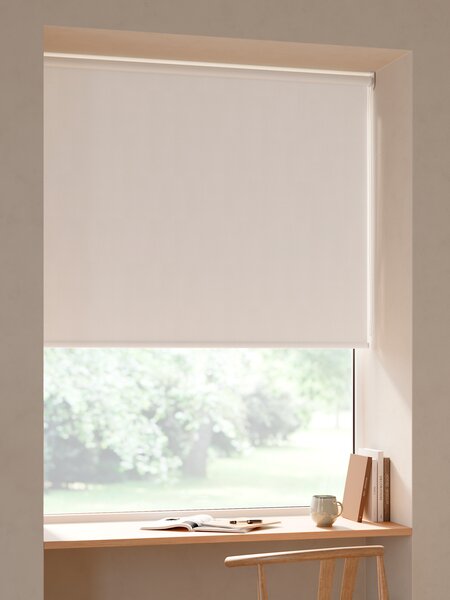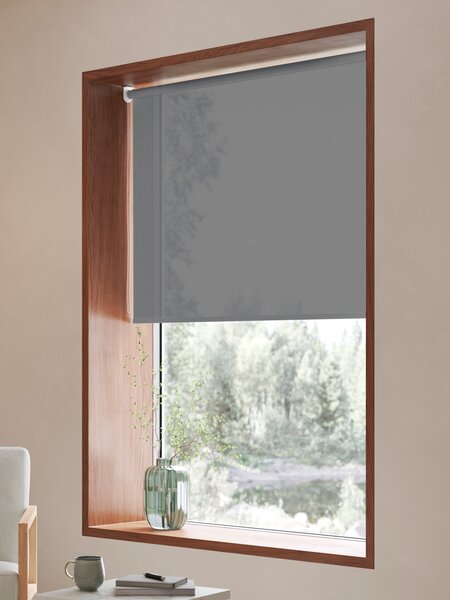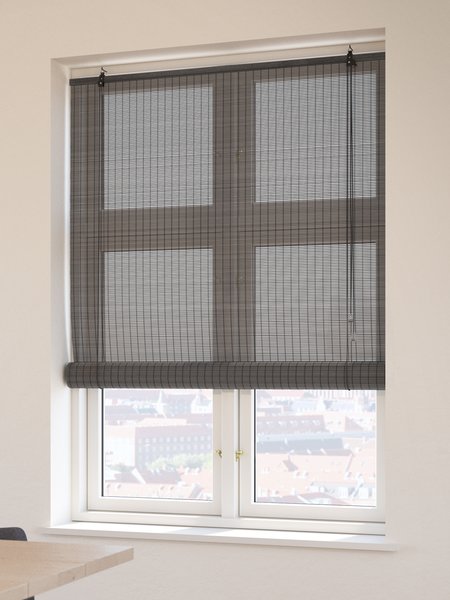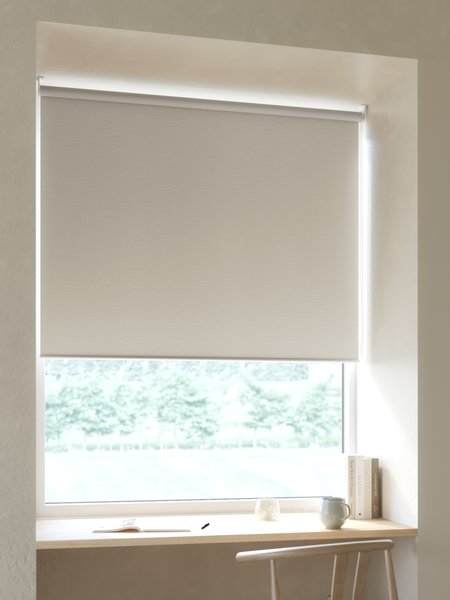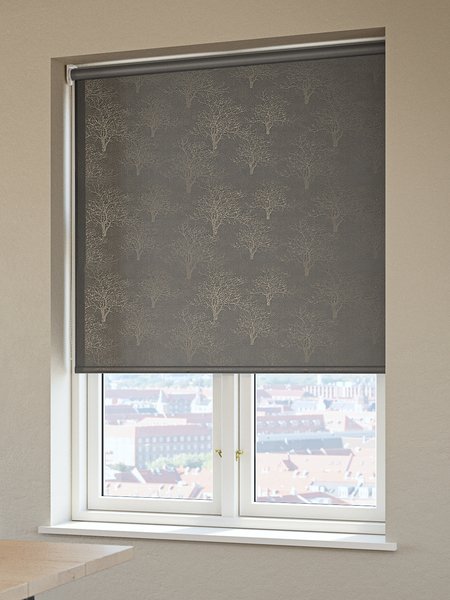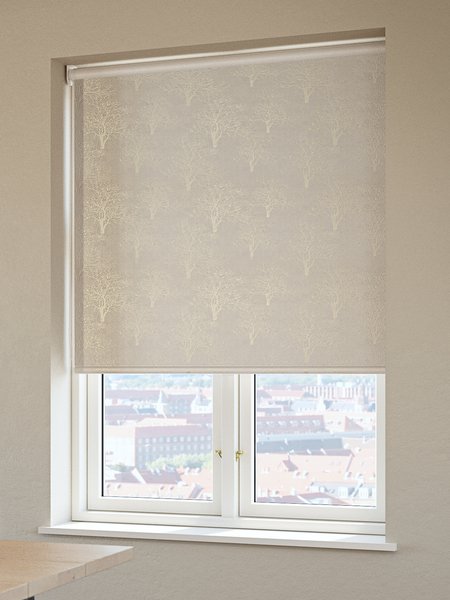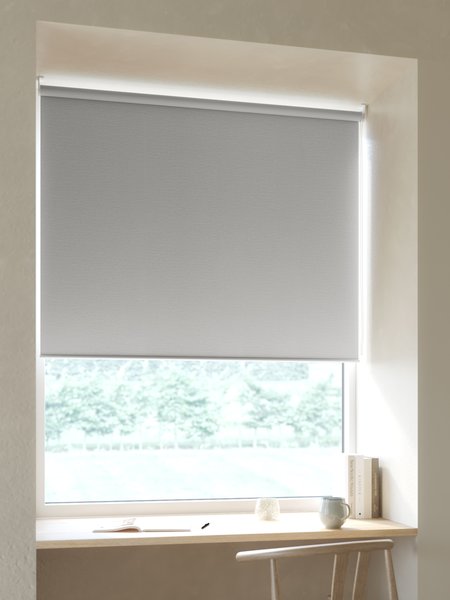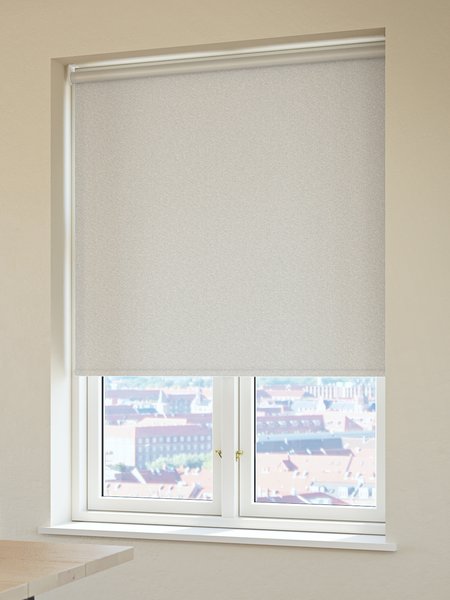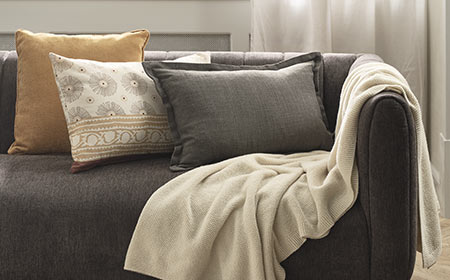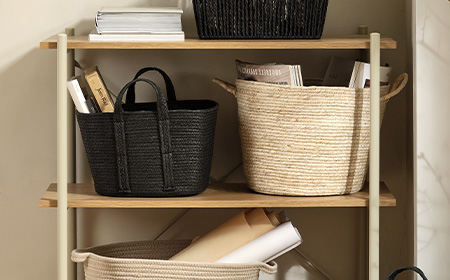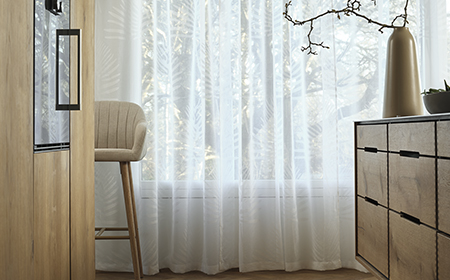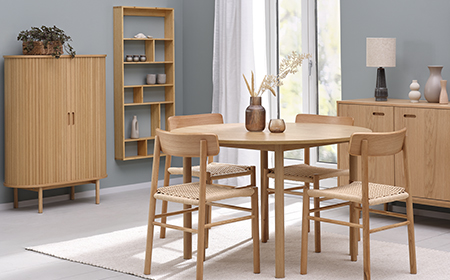Whether you're redecorating your home, moving into a new space, or looking to adjust the natural lighting in your home, window dressing, i.e. curtains and blinds, are a great place to make your home more suitable for your needs and everyday life. In this guide, you’ll learn more about choosing the right type of curtain and blinds for your home, so you can make an informed decision when buying new window dressing.
Which kind of window dressing is right for you?
Curtains and blinds are essential elements of interior design in any home that serve both functional and aesthetic purposes. Whether you opt for curtains or blinds, selecting the right type for your home is essential to make the most of your purchase and find a solution that perfectly suits your needs. To understand your needs and the properties you should be looking for, consider the following:
- Light control
Curtains and blinds play a significant role in regulating natural light in your home, impacting the ambiance and functionality of a room. The right window dressing can transform a space, making it feel brighter and more inviting or creating a cosy, intimate atmosphere. - Privacy
Depending on the material and type, window dressing can offer varying levels of privacy. For instance, heavy curtains or tightly closed blinds can prevent outside views, enhancing your privacy in your home. - Insulation
Window dressings can help improve your home's indoor environment by providing insulation. Thick, lined curtains or honeycomb blinds can retain heat during the winter and keep your home cooler in the summer, potentially reducing energy costs while enhancing your comfort. - Aesthetics
Window dressing – curtains in particular – are a key element of interior design, contributing to the overall look and feel of a room. From luxurious velvet curtains to minimalist roller blinds, they can complement your decor and add a personal touch to your space.
Whether you are looking for practical solutions or stylish upgrades, this guide will help you find the perfect window dressing for your home. Read on to learn more about curtains and blinds.
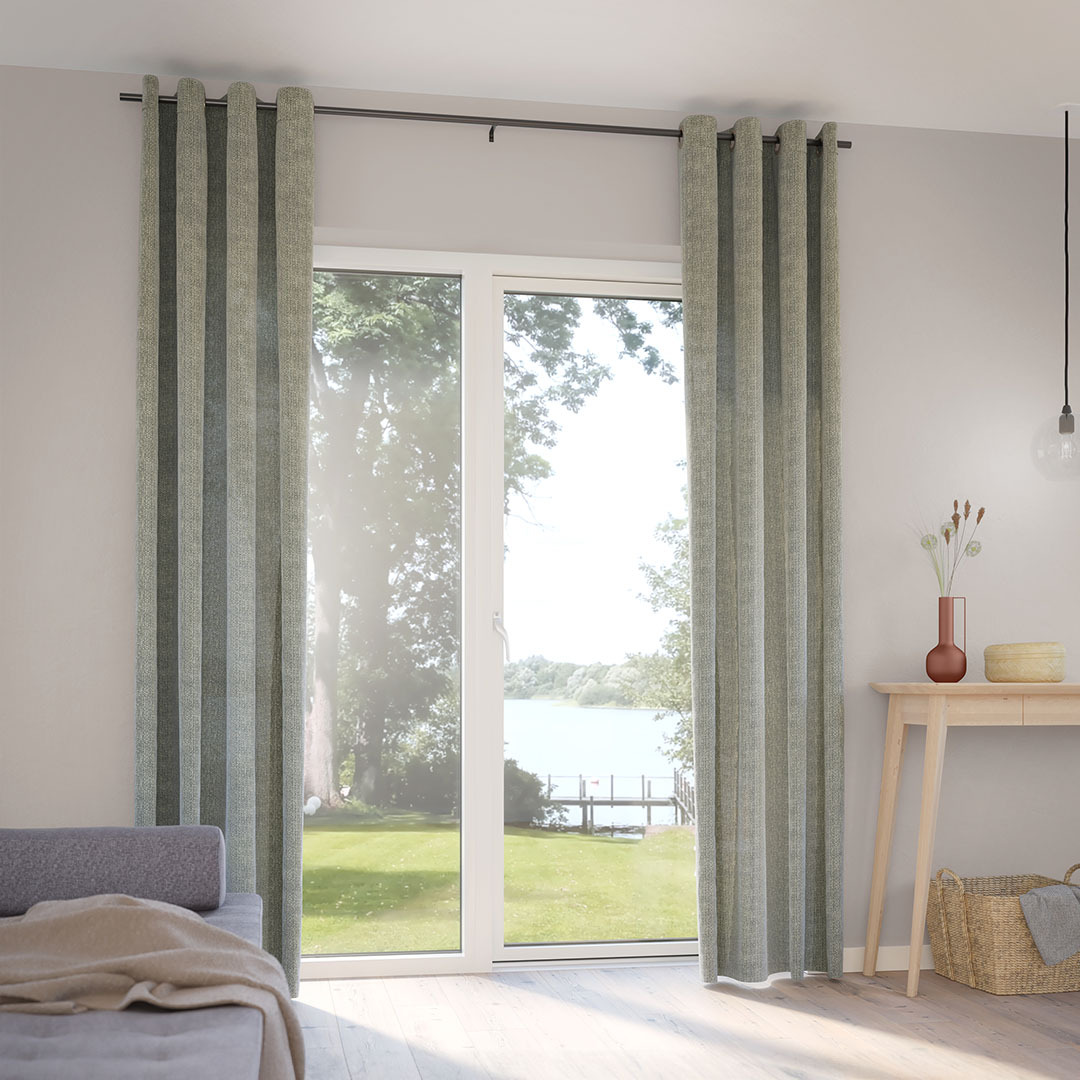

With our assortment including a wide variety of options within both curtains and blinds, you can be sure to find the perfect window dressing solution for your home.
Curtains: Types, materials, fabrics, and lining options
Curtains are a versatile and essential component of home decor, offering both aesthetic appeal and functional benefits. They are made with fabric panels that hang from rods and can be drawn open or closed to cover windows. Curtains come in a variety of styles, materials, and patterns, allowing you to customise the look and feel of your room.
Different types of curtains
- Eyelet curtains
Eyelet curtains feature sewn-in metal rings – hence eyelets – at the top, through which the curtain pole is threaded. This style creates large, even pleats that give a contemporary and sleek look. Eyelet curtains are easy to hang and slide smoothly along the curtain pole.

- Tab top curtains
Tab top curtains have fabric loops – i.e. tabs – at the top that the curtain pole goes through. This style is often used for light, airy fabrics. The tabs create a relaxed, informal look, making them ideal for romantic, cosy, and summery interiors.

- Pole pocket curtains
Pole pocket curtains, also known as rod pocket curtains, have a sewn-in pocket at the top through which the curtain pole slides. This style hides the curtain pole completely, offering a clean, tailored appearance with a soft, wavy look at the top. Pole pocket curtains are typically used to create a more formal or airy look.
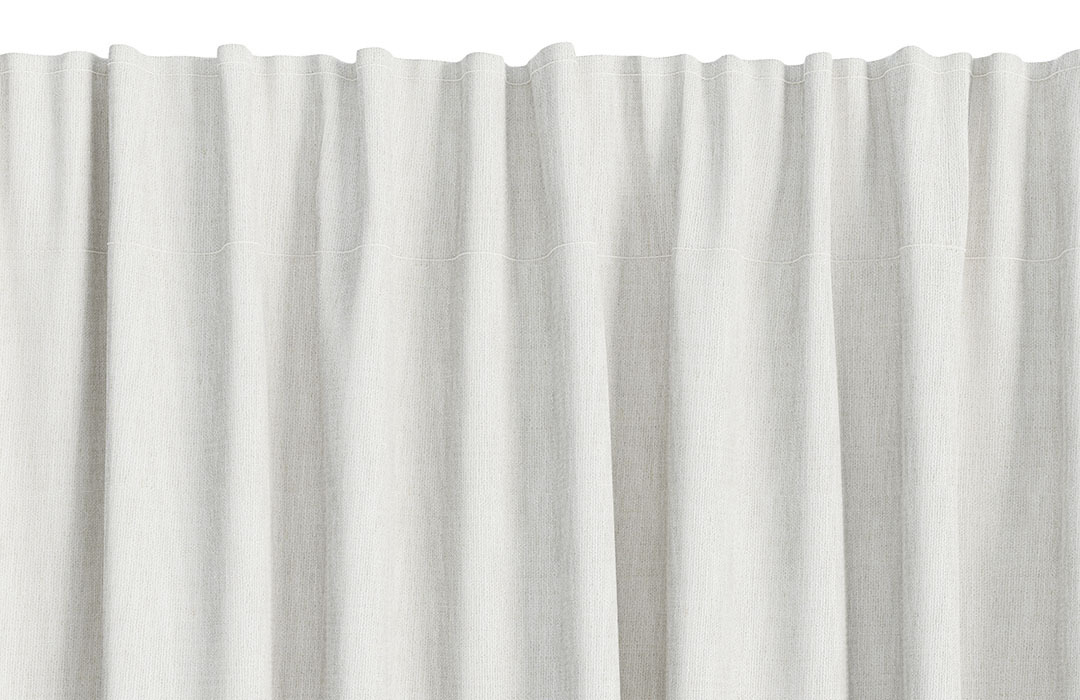
Commonly used materials for curtains
- Cotton
Cotton is a popular choice for curtains due to its versatility and natural appearance. It is easy to care for and available in various weaves and patterns. Cotton curtains are great for both casual and formal homes. - Polyester and polyester blends
Curtains made with polyester are durable, affordable, and low-maintenance options. They resist wrinkling, shrinking, and fading very well, making them ideal for lively homes with children or pets. - Linen
Linen curtains are coveted for their distinctive, homey appearance. As a high-end natural material, linen is often blended with cotton or polyester to enhance durability while maintaining a luxurious feel. The natural fibres of linen diffuse light pleasantly, creating a soft and inviting atmosphere in any room. As more affordable alternatives, some curtains – made with other materials – intentionally emulate the linen-look.
Commonly used curtain fabrics
- Velvet
Velvet curtains are very soft and add a sense of luxury to any room. They are thick, heavy, and excellent for insulation and light control. Velvet is perfect for creating a dramatic, sophisticated look in living rooms and bedrooms in particular. - Corduroy
Corduroy curtains feature a distinctive ribbed texture that adds a cosy, rustic appeal to any room. This material is durable and provides good insulation, making it suitable for creating a warm and inviting atmosphere. - Voile
Voile curtains are lightweight and sheer, offering a delicate and airy feel to any space. They allow lots of natural light to filter through while providing a degree of privacy. Voile is perfect for creating a breezy, summery, and romantic look, ideal for living rooms, bedrooms, and dining areas where a light and open atmosphere is desired.
Lining options for curtains
The lining of a curtain – its backside – often includes an additional material that can provide various properties, such as improved solar reflection, insulation, and light-blocking ability.
- Unlined
Unlined curtains are typically lightweight and allow more light to filter through. They are ideal for spaces where natural light is desired but offer less privacy and insulation. - Lined
Lined curtains have an additional layer of fabric sewn to the back, which typically enhances durability, improves insulation, and offers better light control. They are ideal for bedrooms and living rooms where privacy and energy efficiency are important. - Blackout lining
Blackout lining is designed to block out nearly all light, making it perfect for bedrooms, home theatres, and nurseries. This type of lining may also provide improved insulation and noise reduction. - Thermal lining
Thermal lining adds an insulating layer to curtains, helping to keep rooms warmer in winter and cooler in summer. Its thicker layer can reduce the need for heating and cooling, and it may also significantly improve noise reduction.
Curtain poles
A curtain pole, also known as a curtain rod, is typically the go-to option for hanging curtains. Curtain poles consist of a long, cylindrical rod that extends across the width of the window and are mounted using brackets attached to the wall or ceiling. Curtain poles can be made from materials such as metal, wood, or plastic, and often come with decorative elements at the ends to add a finishing touch. Check out our assortment for a wide selection of curtain poles and related accessories.
A large selection of curtains in JYSK
To find the perfect curtain for your home, check out our full curtain assortment or get inspiration from the selected highlights below.
Blinds: Types, materials, and adjustment options
Blinds are a practical, convenient, and stylish option for window dressing, offering a range of benefits including excellent light control and privacy. Unlike curtains, blinds are made of slats or panels that can be tilted, raised, or lowered to adjust the amount of light entering a room. In the following sections, you can learn more about different types of blinds, the materials they're made from, and how they can be adjusted to perfectly fit your windows.
Different types of blinds
- Roller blinds
When thinking of blinds, roller blinds are a classic that for many immediately comes to mind. Roller blinds consist of a single piece of fabric that rolls up onto a tube when raised. They are simple, sleek, and available in a variety of colours and patterns. Roller blinds are ideal for rooms where a clean, minimal look is desired and are particularly effective for blackout purposes in bedrooms.
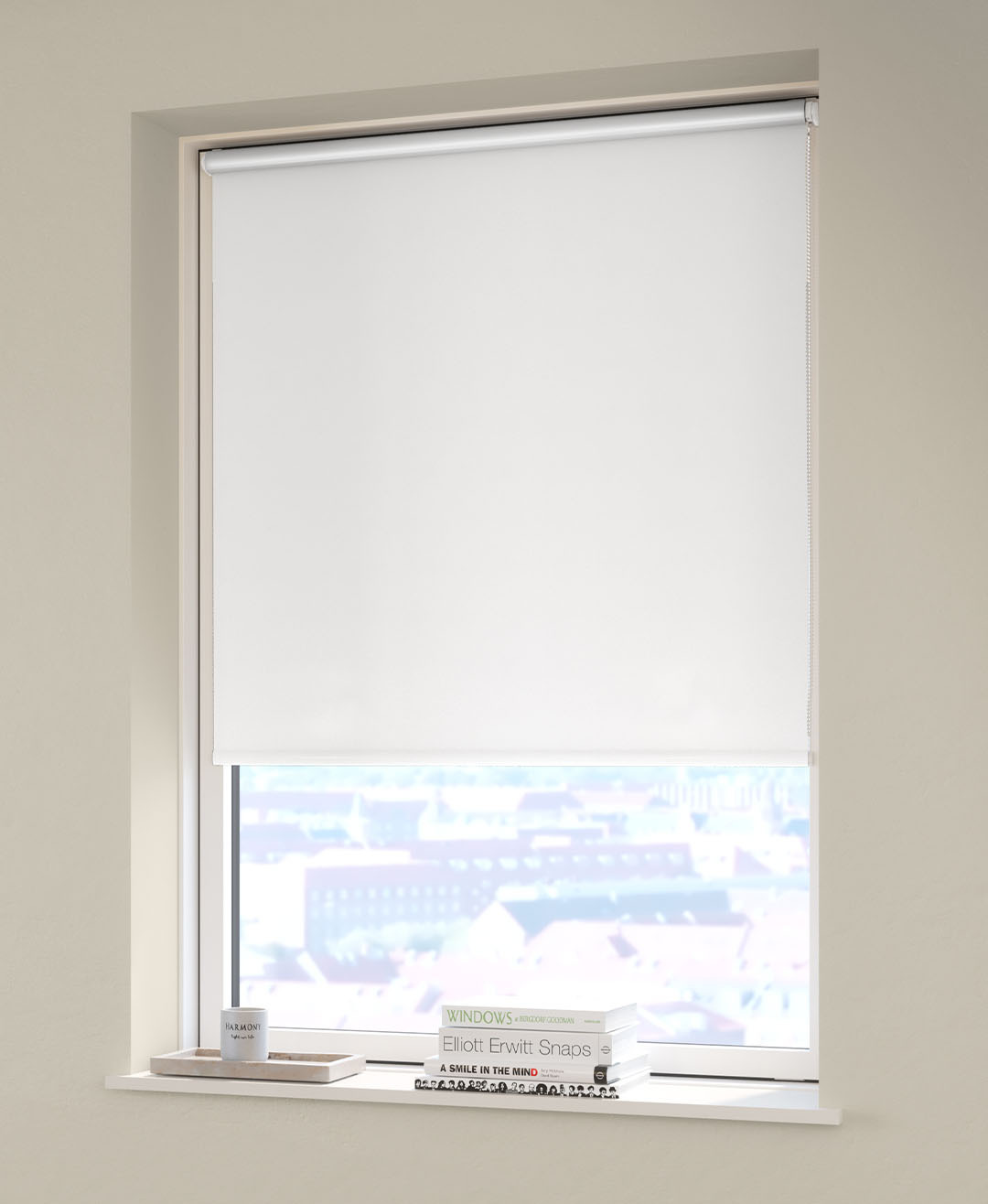
- Day and night blinds
Day and night blinds offer a versatile solution for controlling light and privacy in your home. Unlike traditional roller blinds, they feature two layers of fabric with alternating transparent and solid stripes. By adjusting the alignment of these stripes, you can easily regulate the amount of incoming light, creating a balance between brightness and privacy.
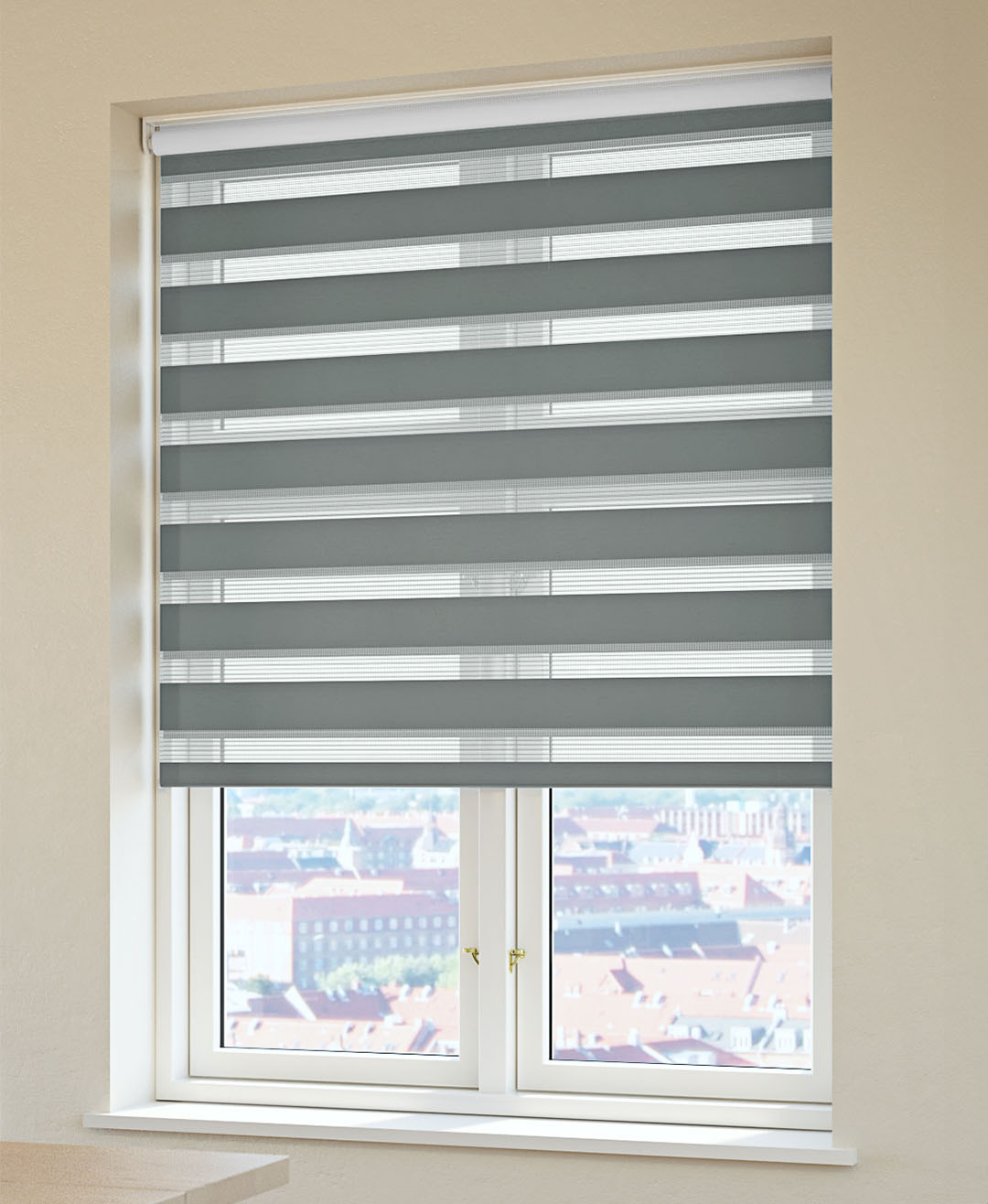
- Venetian blinds
Another classic option for blinds is the Venetian type. Venetian blinds are made up of horizontal slats, typically made of wood, metal, or plastic, that can be tilted to control light and privacy. They are versatile and suitable for various rooms, providing a classic and elegant look. Venetian blinds can also be fully raised to allow an unobstructed view outside.
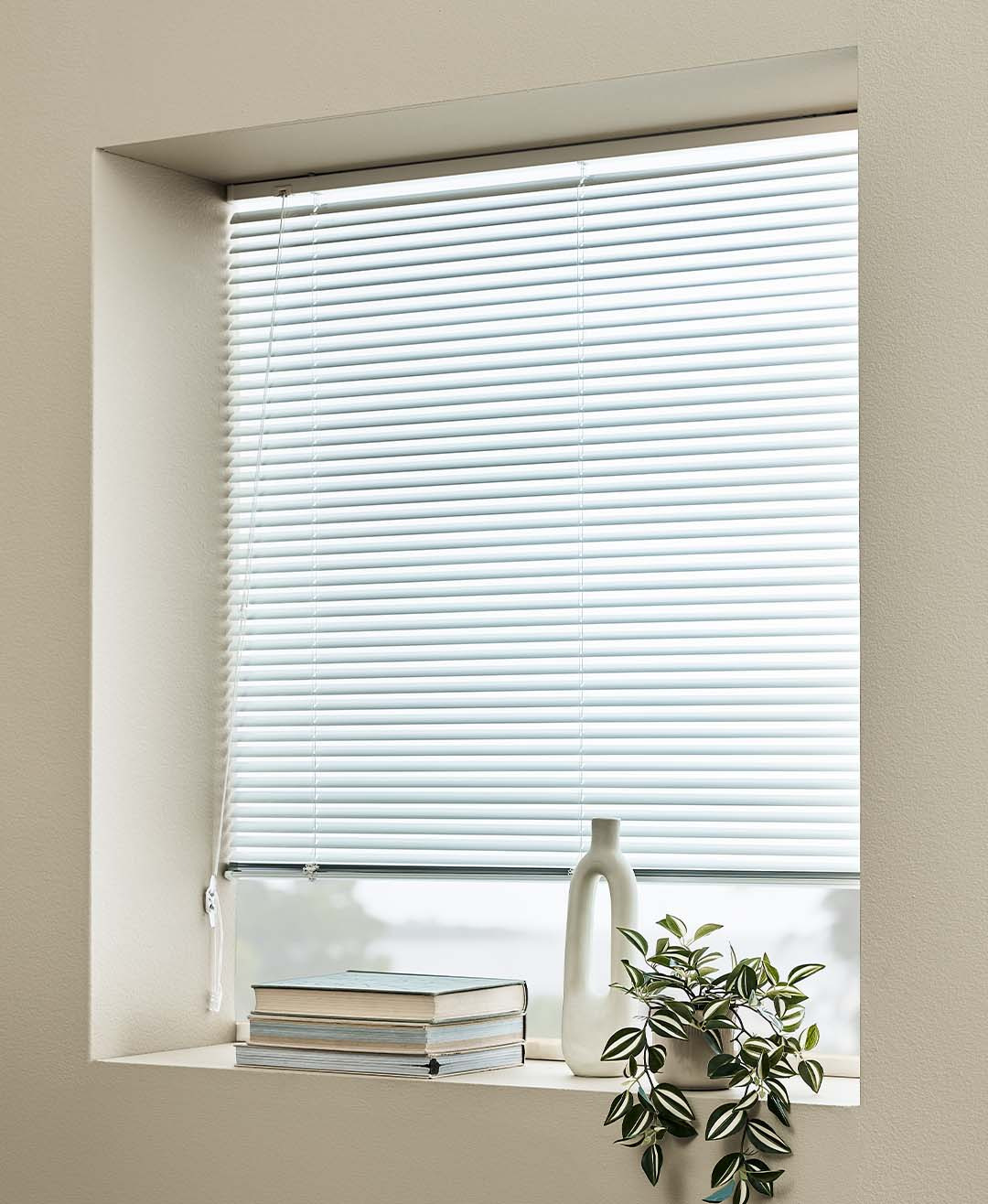
- Pleated blinds
Pleated blinds typically consist of a single layer of fabric folded into crisp pleats that stack neatly when raised. They provide a soft, elegant look and are suitable for various window sizes and shapes. Some pleated blinds can be raised or lowered independently, giving you more control over their functionality. This feature is especially useful for screening the lower part of a window while still allowing light to enter through the upper part.
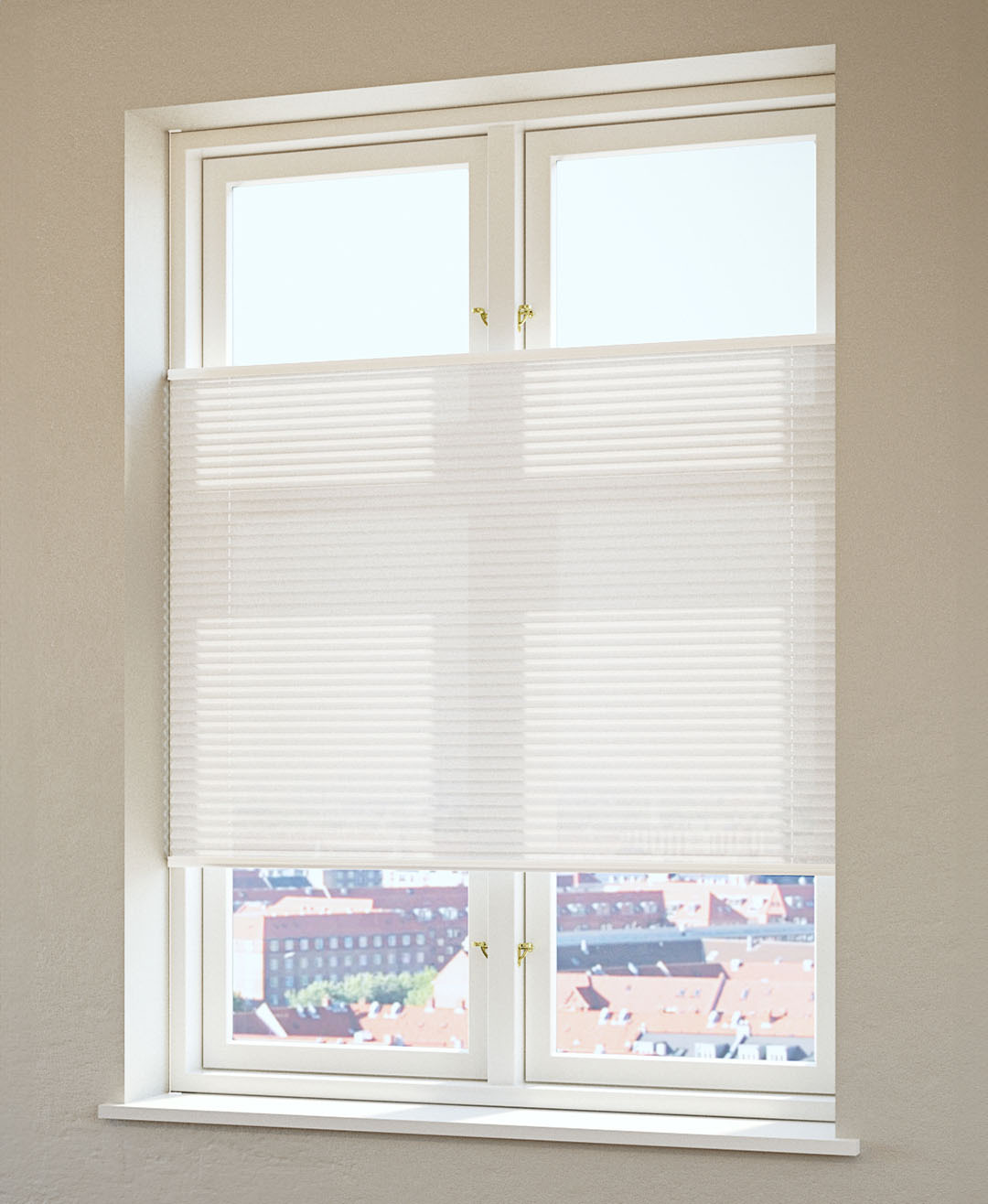
- Vertical blinds
Vertical blinds feature vertical slats that can be tilted to control light and drawn to the side to fully open, giving you excellent control over light and privacy. They are commonly used for large or tall windows, sliding glass doors, and patio or balcony doors. Vertical blinds are popular in modern homes as the vertical slats create a sense of calm, balance, and higher ceilings.
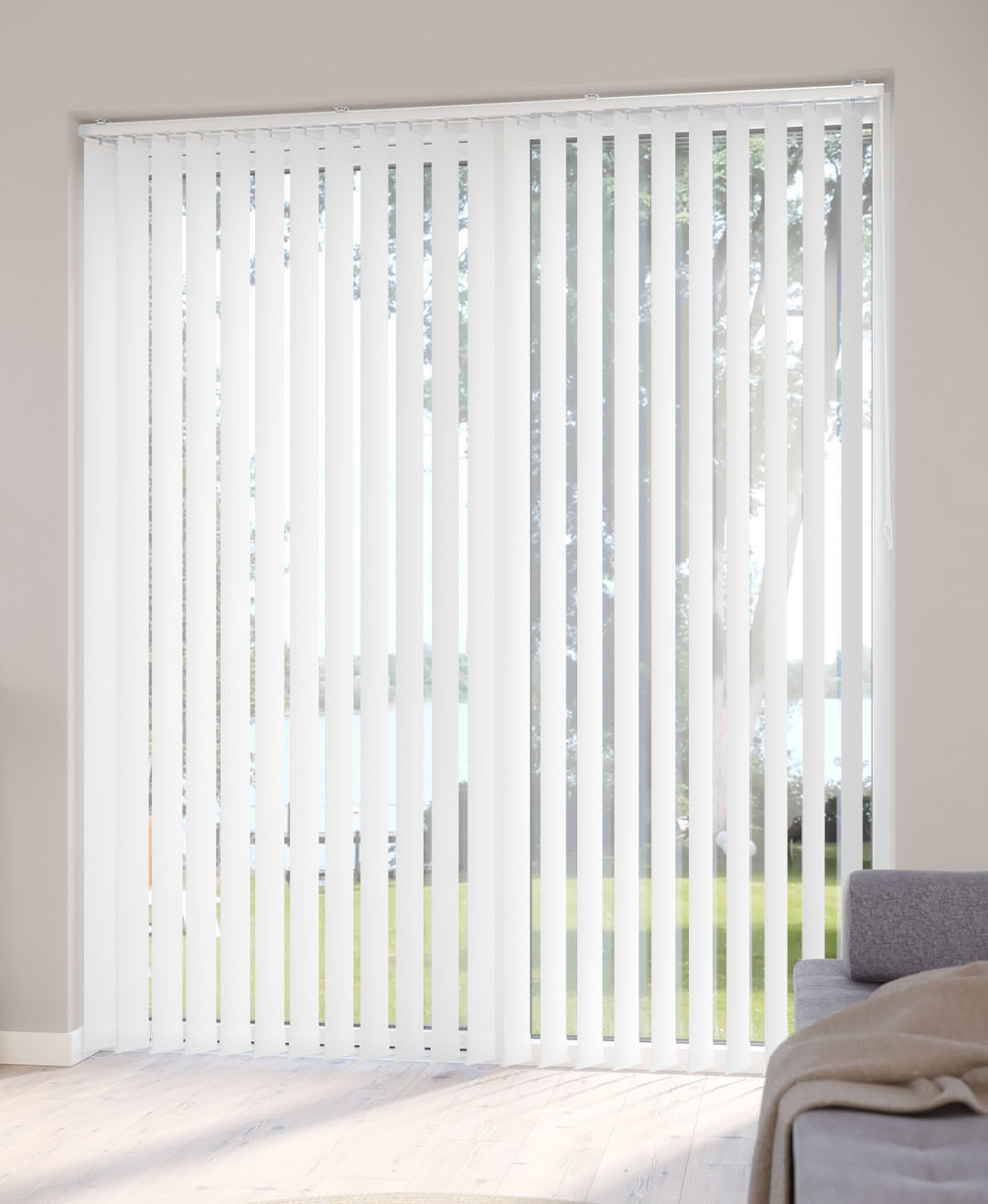
- Bamboo blinds
Bamboo blinds are made from natural bamboo slats that are woven together. They provide a warm, organic look and are perfect for creating a relaxed, natural atmosphere in your home. Bamboo blinds can be rolled up to let in light and are effective in filtering sunlight while maintaining a degree of privacy.
All bamboo blinds available in JYSK are FSC® 100% certified, which means all wood and forest-based materials used in the blinds comes from responsibly and sustainably managed sources (FSC® N001715).
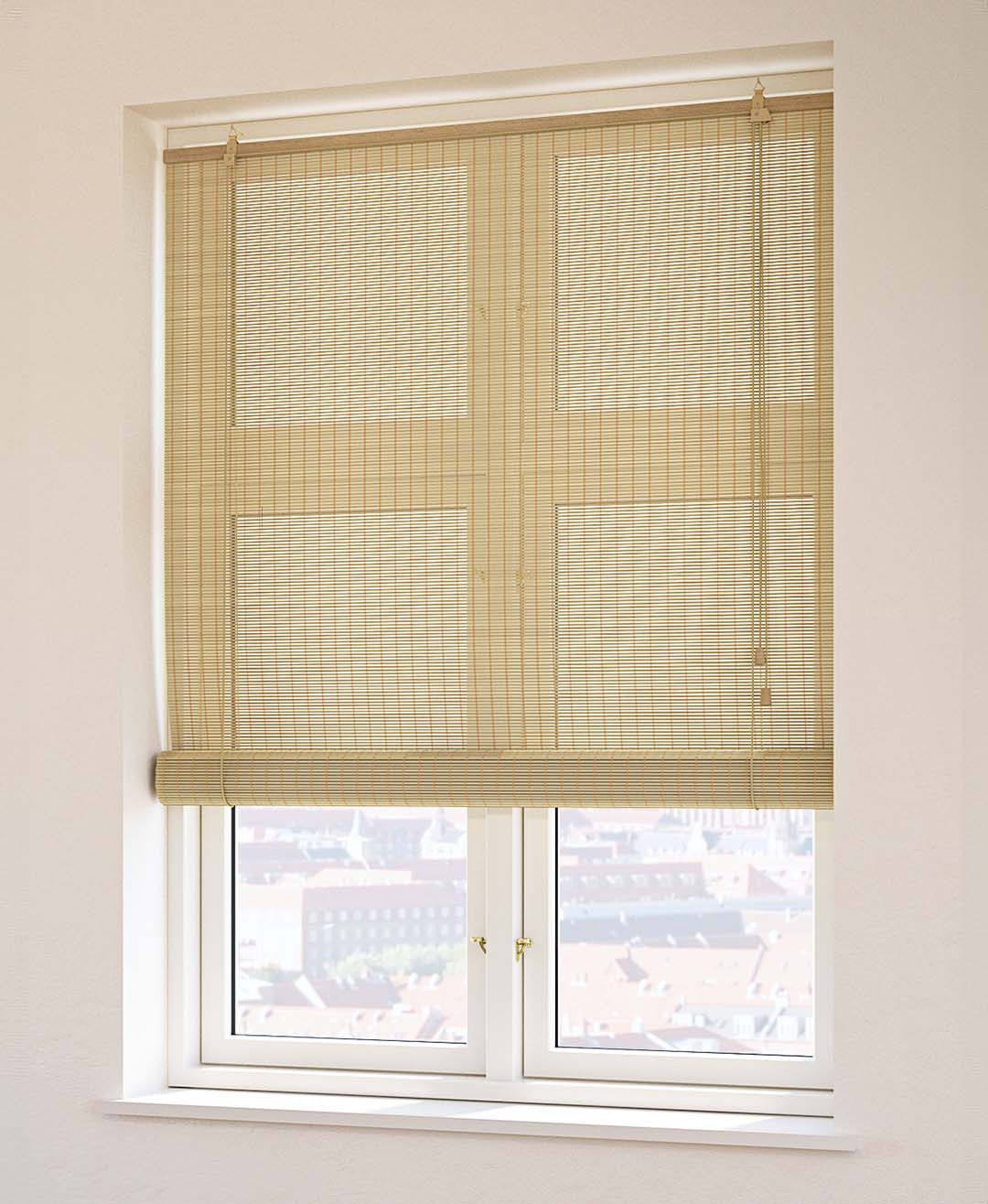
Materials for blinds
- Fabric
Blinds made with fabric are a common and popular choice. Fabric comes in various colours and light-blocking options, allowing for a range of light control from gentle filtering to complete blackout, with the latter being ideal for bedrooms. Fabric blinds add a soft, decorative touch to windows, enhancing and softening the overall atmosphere of your home. - Aluminium
Blinds made of aluminium, commonly in Venetian styles, are a durable and practical choice that has remained popular for decades. They offer excellent light control and privacy, including full blackout options. Suitable for any room, aluminium blinds are easy to clean and maintain, ensuring long-lasting functionality and a modern, minimalist style. - Polyester
Blinds made with polyester are a practical and aesthetic choice, offering sleek looks and affordability. They provide excellent light and blackout control, are durable, moisture-resistant, and easy to clean and maintain. - Wood
Although a less common material for blinds than the others listed here, wood blinds are a classic choice that offers a timeless, natural look, adding warmth and elegance to any room.
Adjustment options for blinds
A large part of the blinds available in JYSK can easily be adjusted in width to fit your window perfectly, offering an affordable and flexible solution without the need for custom-made window dressing. Be sure to explore our full range of blinds and check the product information for details on how each type can be adjusted. You can also check out a highlighted selection of blinds below.
Blackout curtains and blackout blinds
Whether you choose curtains or blinds, you'll also have the option of going for blackout versions that offer enhanced comfort and functionality. Designed to block out all external light, blackout curtains and blinds provide exceptional privacy and create a darker, calmer environment for better sleep and other benefits. With blackout window dressing, you gain greater control over light levels in any room.
Learn more about the benefits of using blackout curtains and blinds in your home.
Insulating curtains and blinds
Some curtains have additional properties that help reduce the impact of windows on your overall indoor climate. Insulating curtains are extra thick and, in addition to their existing benefits, can help block out noise as well as heat in summer and cold in winter. Learn more about insulation in our blog post delving into insulating curtains and their benefits.
